The future of microrobots!


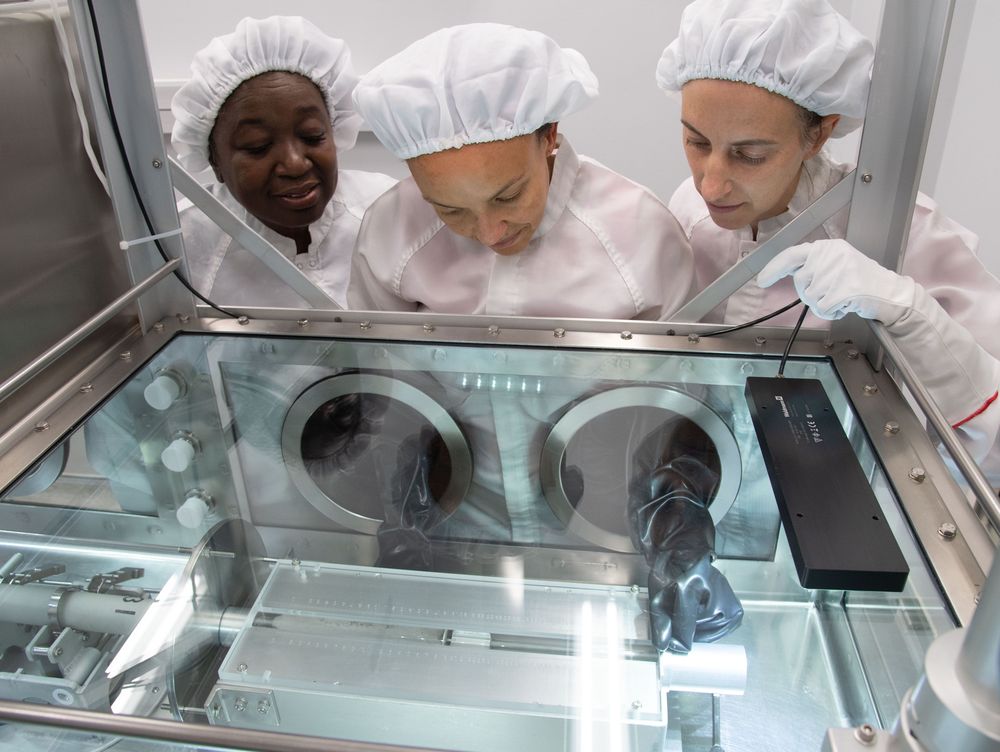
Samples of lunar dust and rock returned to Earth during the Apollo missions quickly offered scientists new insights into the makeup of our Moon, but what do they look like under the microscopes of today? NASA has just cracked open the first of two untouched lunar samples for study with modern scientific instruments, with one eye on the upcoming Artemis missions that will return humans to the Moon in 2024.
This NASA initiative is known as the Apollo Next-Generation Sample Analysis project. It concerns two samples collected in the early 1970s that were quickly sealed and stored in the form of tubes of rock and soil, representing two-feet of vertical layering from the lunar surface.
“We are able to make measurements today that were just not possible during the years of the Apollo program,” says Dr. Sarah Noble, ANGSA program scientist at NASA Headquarters in Washington. “The analysis of these samples will maximize the science return from Apollo, as well as enable a new generation of scientists and curators to refine their techniques and help prepare future explorers for lunar missions anticipated in the 2020s and beyond.”
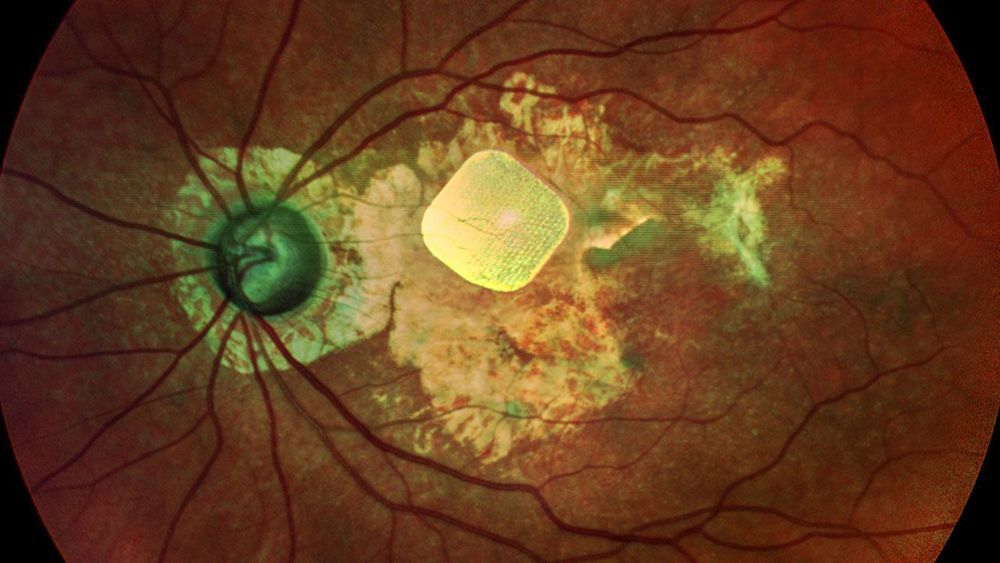
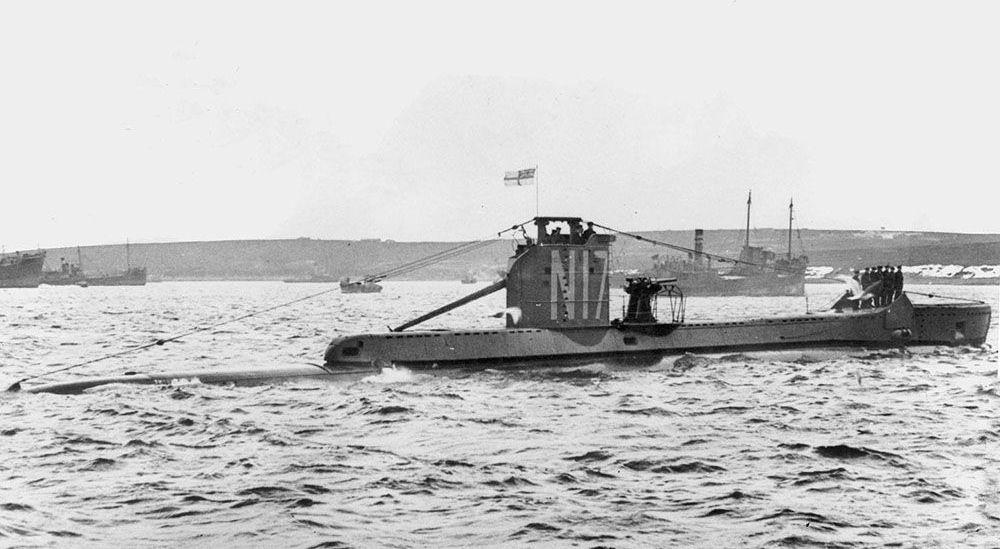
Marine archaeologists recently identified the wreck of HMS Urge, a Royal Navy submarine that went missing in the Mediterranean Sea during World War II.
The submarine vanished during a mission from Malta to Alexandria, Egypt, on April 27, 1942, according to the Royal Navy. Historians believe that the submarine was sunk by German and Italian Forces that were present in the Malta vicinity from June 1940 to November 1942, Fox News noted.
The wreck of #WW2 submarine HMS Urge has been found off Malta.
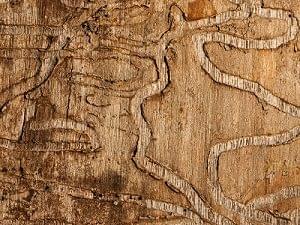
Never stress about the weather, this jacket has you covered.
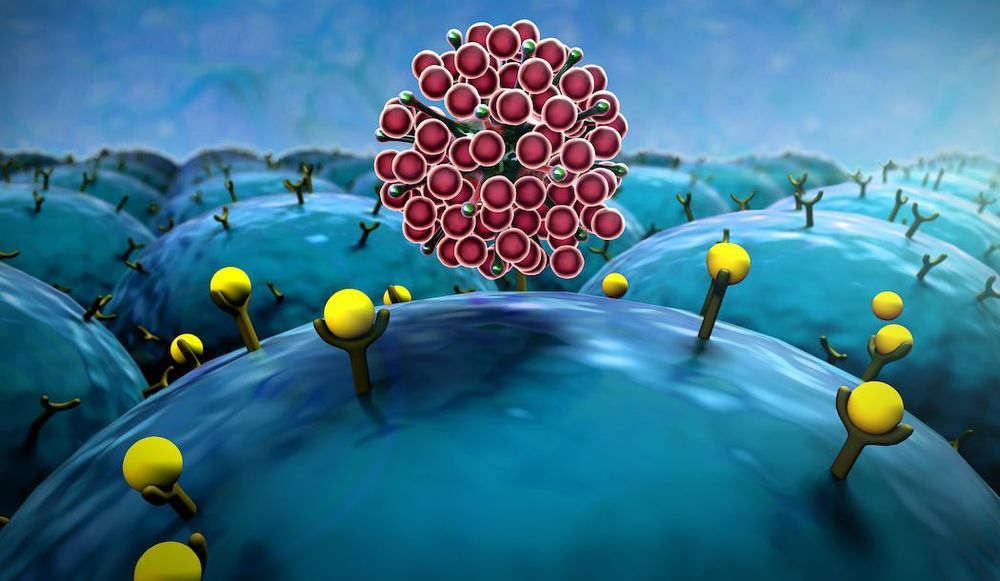
Every time you inhale through your nose, olfactory receptors in your nasal passages enable your sense of smell to function. These receptors consist of protein complexes that help you detect chemicals floating in the air.
But research now shows that those types of receptors aren’t only found along your breathing passages. They’re all over the body in a wide variety of organs, and they influence what organs like your liver and intestines are doing.
Added to that, cancer cells possess their own collection of olfactory receptors that affect how they function. And those receptors, some researchers believe, might represent one of cancer’s vulnerabilities – and a key to destroying cancers with scents.

Fifty young scientists were bestowed Xplorer Prize in Beijing Saturday.
Apart from receiving a trophy at Saturday’s ceremony, each of the 50 prize winners will be awarded a total of 3 million yuan (about 426,000 U.S. dollars) over the next five years by the Tencent Foundation, according to the prize’s sponsor and initiators.
